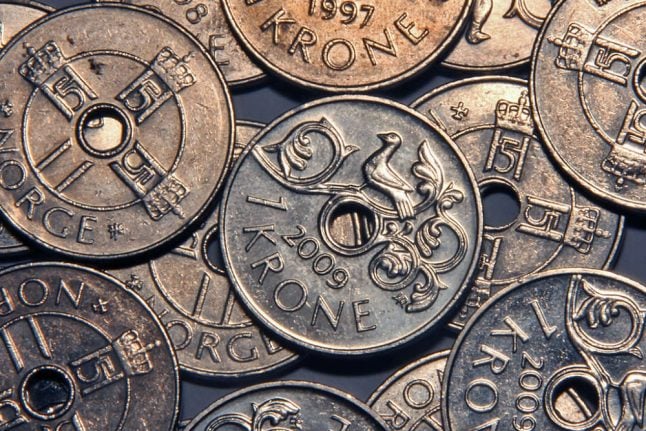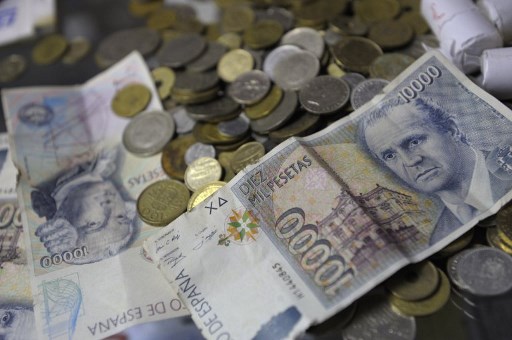The depreciation of the krone increased late on Sunday night after a fall in oil prices, finance media E24 reports.
Against the euro, the krone had depreciated around 51 øre or 5 per cent as of Monday morning, E24 writes, putting 1 euro at a value of 10.95 kroner, most expensive price Norwegians have ever paid for the European single currency.
Additionally, the krone depreciated by around 31 cents or 3.39 per cent against the dollar. One dollar now costs 9.55, the worst rate for buying dollars with kroner since October 2000.
The further weakening of Norway’s currency comes when market uncertainty is also high due to the outbreak of coronavirus.
A breakdown in negotiations between Opec and Russia on Friday further exacerbated the problems facing the krone, according to E24’s report.
Just before 9am on Monday, oil prices plunged 26.68 percent to $33.39 a barrel, the biggest fall in oil prices since the Gulf War.
“It has gone from bad to worse. Oil prices have not hit bottom yet. If the supply continues to increase and there is a price war, that is going to hit the krone full on. This is happening on top of everything else,” Magne Østnor, a currency strategist with bank DNB, told E24.
READ ALSO: Why Norway's krone could keep losing value



 Please whitelist us to continue reading.
Please whitelist us to continue reading.
Member comments